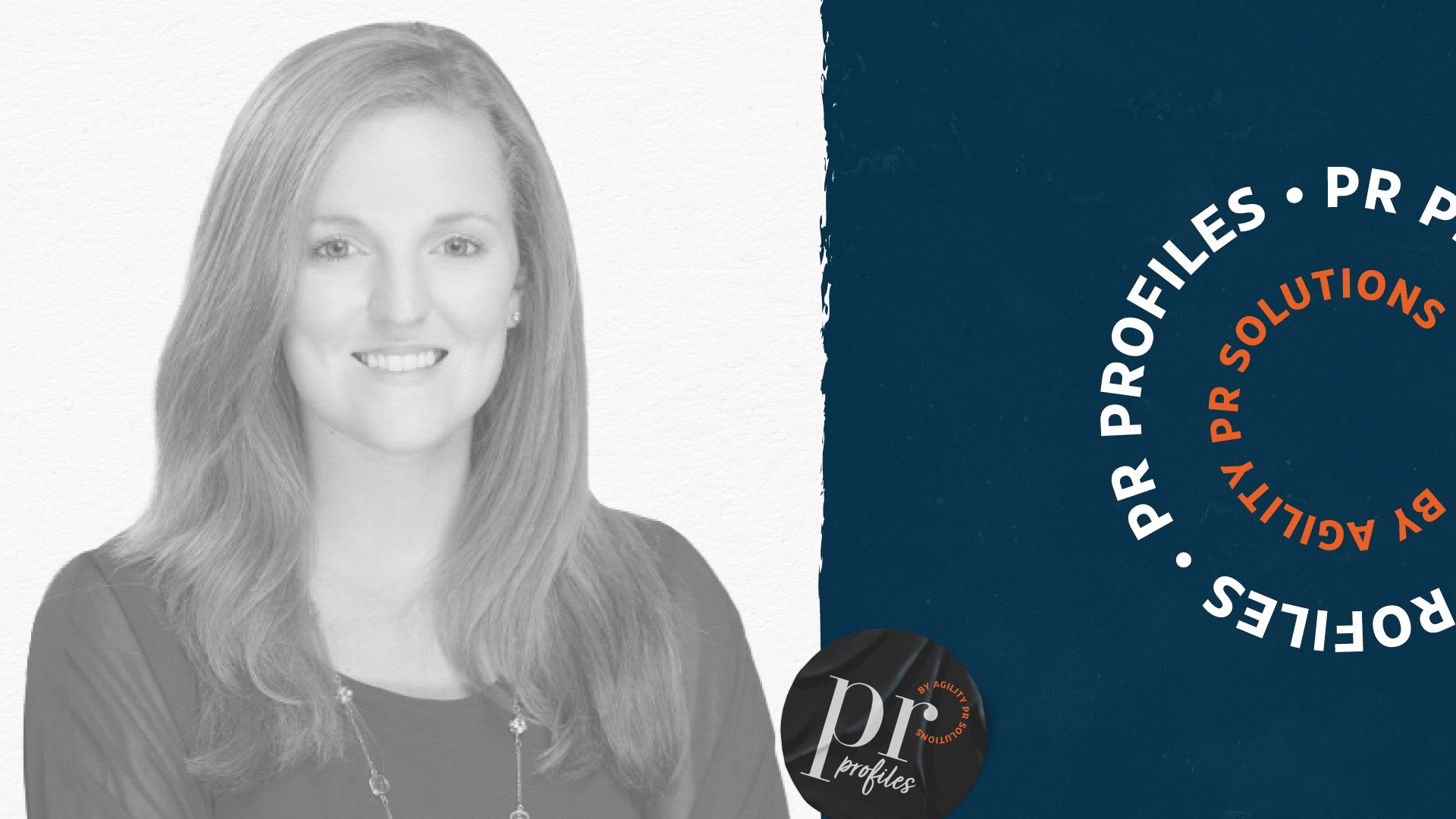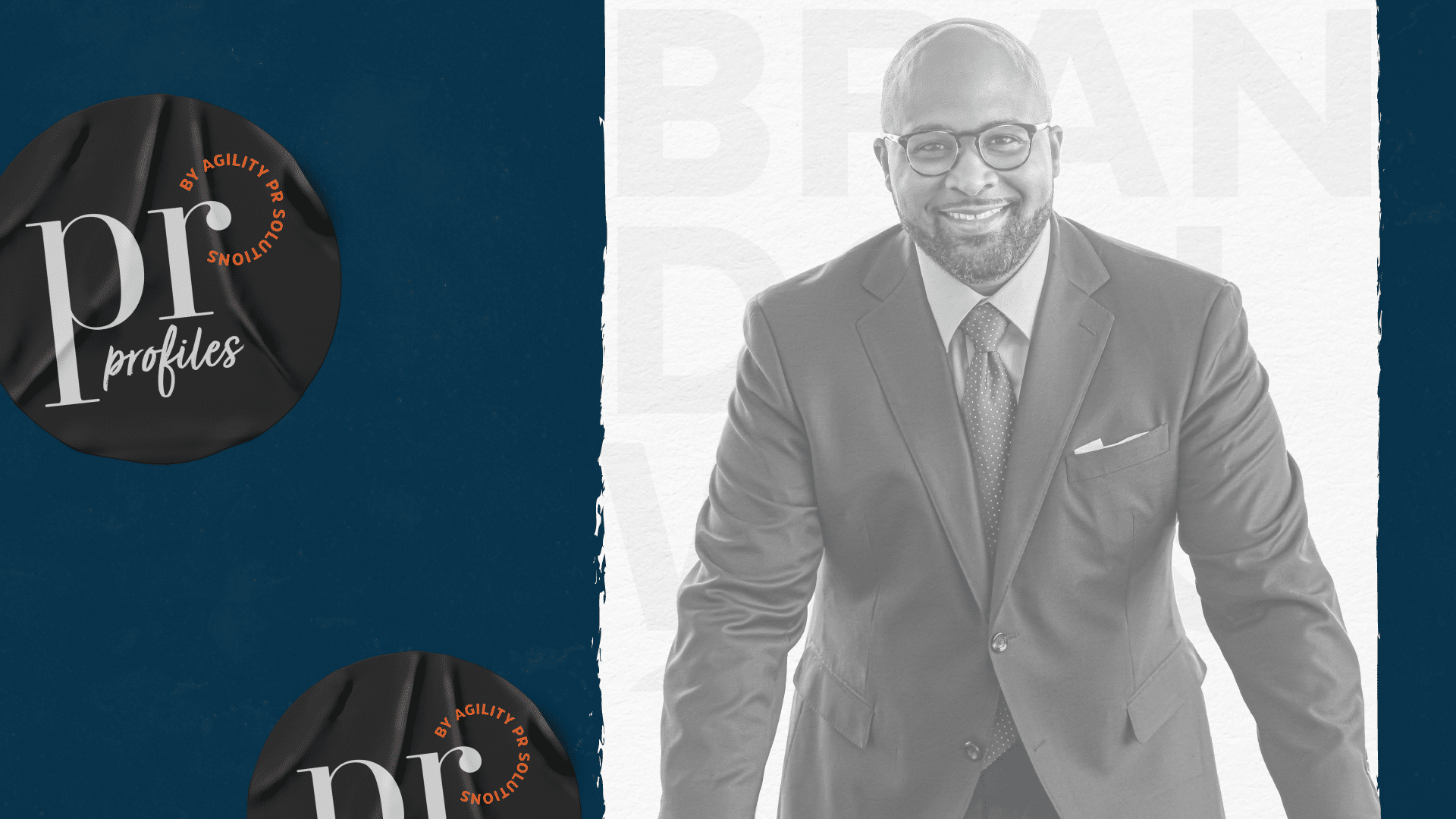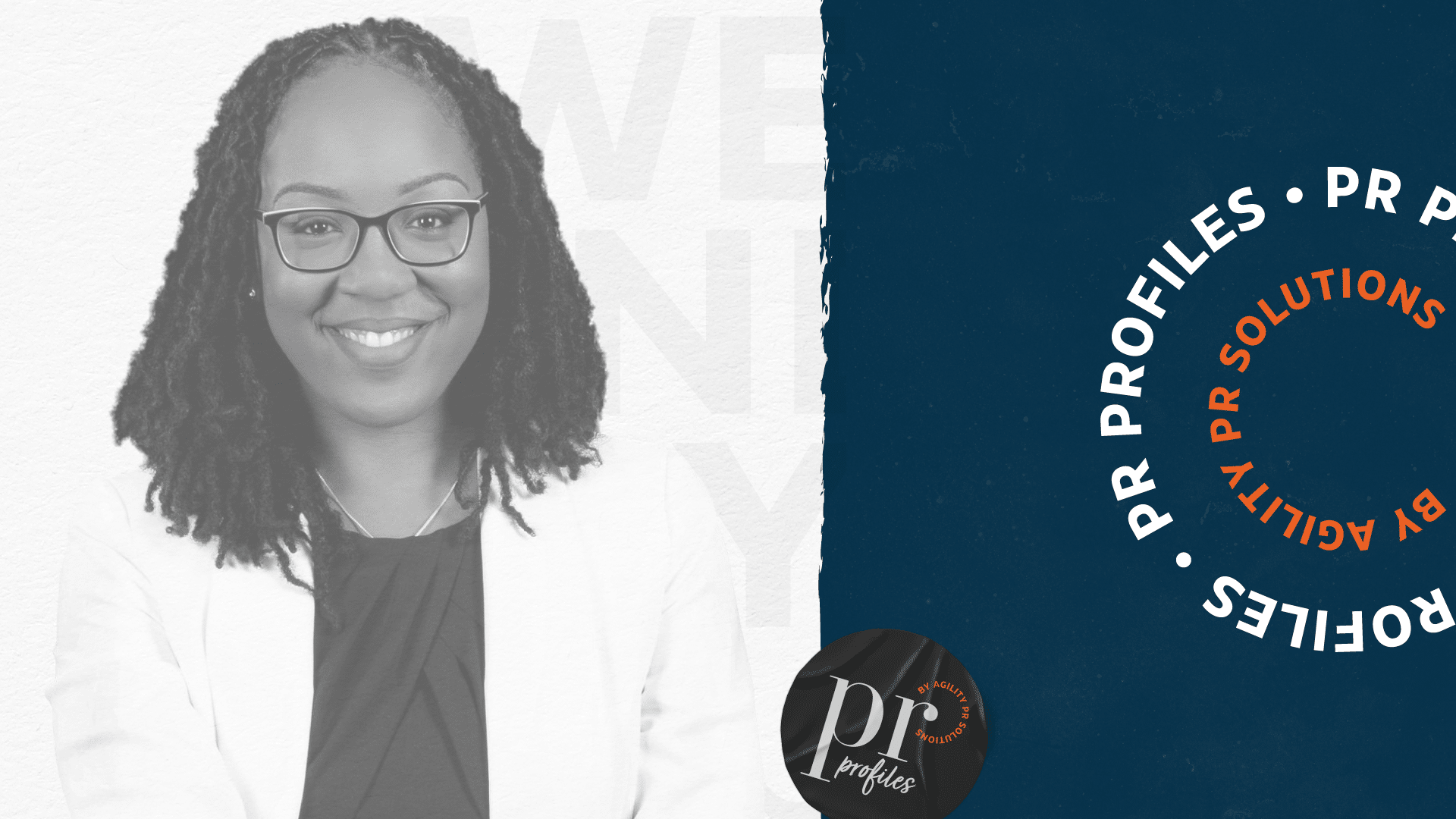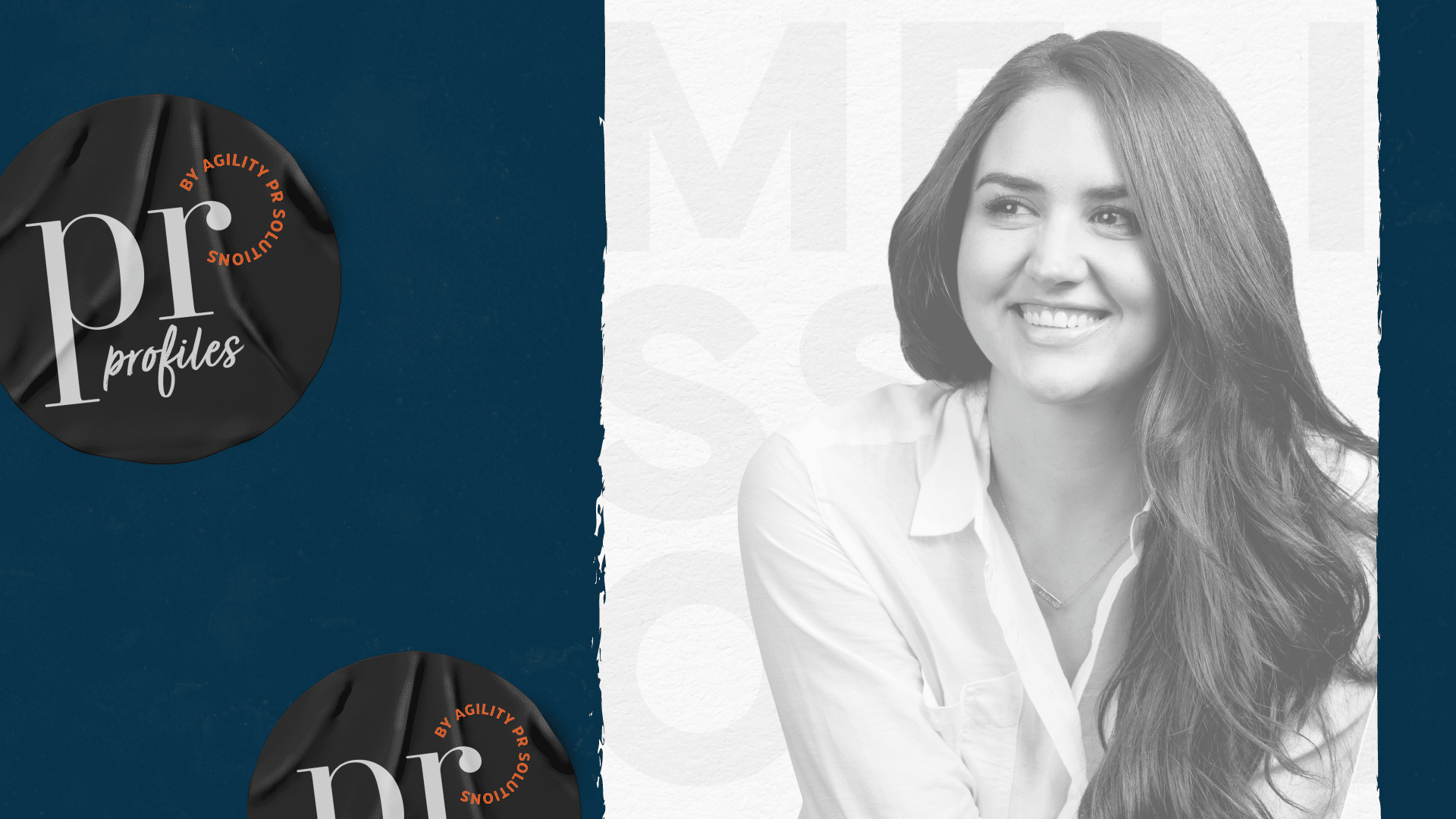“When coming up with a title, I thought ‘cracking broadcast’, because that’s what it feels like,” says Julie Loffredi, award-winning journalist and Head of Content at Broadry in the opening of her webinar for Agility. “Once you crack it, the opportunities keep coming, but for those PR folks who are looking to get their clients on, it can sometimes feel like an uphill battle.”
Julie joined us for this month’s free webinar to share her secrets for getting your clients or spokespeople that coveted TV coverage. Read on for some of the tips and tricks she shared.
Finding the right person
The right contact person depends on which type of network you’re going after. “If you’re after national shows or cable networks, you’re likely going after the booking producer,” says Julie. “These are the folks that a lot of times during breaking news, are the ones that finding the guests, contacting them, booking them, giving them possible questions, and arranging all that. When you’re talking about smaller stations, you’re probably going to be looking at dealing with the assignment desk editors, the reporters, and the producers who work on writing the show.”
One of the pain points Julie addresses is how quickly the landscape within a broadcast newsroom can shift. She recommends in these instances to call and talk to someone. “It could be an intern, but they’ll probably tell you who would be the best producer to contact.”
Pitching broadcast
Julie says to approach your pitch “as if a fifth grader was reading it.” This less-is-more style is about getting the producer interested—not conveying absolutely every vital piece of information. “Essentially the first pitch is like the handshake. You don’t have to add everything in there. I’ve seen pitches that have a list of 20 different recent interviews. You don’t necessarily need that. What you do need is, here’s my pitch, here’s my guest, here are some topics.”
That covers how to pitch, but what should PR practitioners be pitching? For B2B, Julie says, “On the national side, look at the CNBCs and the Bloombergs that like somebody who can come in and talk about their industry from a business perspective. Mention data points which can be really attractive to producers who love those full screen graphics. Look to pitch with the idea of presenting your spokesperson as an industry expert.”
Julie also recommends doing your research before pitching: “If you’re after a key outlet, monitor what they’ve talked about, go to the website and see all the different segments related to say travel over the past six weeks and find something unique and different to approach these producers with.”
Local vs. national news
“My recommendation is to never pass on the local news opportunities because a lot of these local news stations are feeders to national news,” says Julie. “I’ve seen this happen all the time, including with folks that I’ve booked on shows. It’s always something to consider because local news is an easier gateway to getting on national.”
Local news is also a great way of building a “resume” for your spokesperson. Julie’s had publicists reach out to her looking for advice on how to get some “interviews cooking” for their clients. “I always recommend to build up your spokesperson first,” says Julie. “I’d love to see LinkedIn live interviews. I’d love to see some YouTube straight to camera interviews just to show that this person is a natural on TV. Producers love that. Second, create a list of local TV shows that might make sense for your spokesperson to get on.”
Julie shares a story of a practitioner from a PR firm in New York City who got her client on News 12, a TV station in one of New York’s boroughs. “It was effective because then it teed up that next opportunity.” Julie says to maximize the TV coverage you do get by sharing on social or in a newsletter or on the personal branded website of the spokesperson, because “producers do check it out.”
For the rest of Julie’s tips and tricks on getting your client or spokesperson on TV, watch her webinar on-demand.








